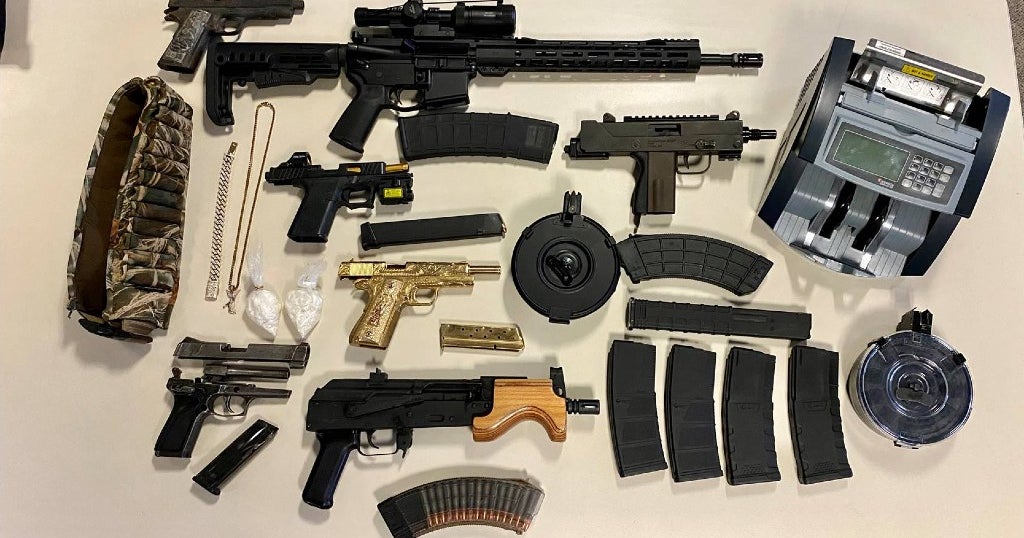No matter if you’re a amateur or professional shooter, your optic plays an important part in achieving the most effective outcomes. Knowing the fundamentals of these components will help make sure that you have the equipment for optimal performance with each shot you take.

Optic Parts: Understanding Their Importance in Shooting Sports
When it comes to shooting sports, whether shooting competitions, hunting or just a simple plinking session at the range, having a reliable and accurate firearm is important. Optic parts are an element that is often overlooked, but is crucial for precision and precision. Optic parts (also known as sights) are fitted to firearms in order to aid shooters in aiming more accurately and efficiently. This article will explore the benefits and importance of optic parts, as well how they can help improve your shooting capabilities.
What are Optic Parts?
Optic parts let shooters target their guns more precisely. They are available in a variety of forms such as iron sights, red dot sights sights, as well as magnified scopes. Each part of an optic is unique and comes with its own benefits. Your shooting preferences and shooting needs will determine which optic part you choose.
Iron sights are by far the most straightforward kind of optics part that is typically seen in traditional firearms. They consist of front and rear sight posts. Shooters align them in order to shoot at the target. The red dot sights create an adolescent reticle appear as an elongated dot on the lens, using a small LED. These sights are renowned for their fast target acquisition and user-friendly. They are frequently utilized in tactical and military applications. They use a laser to create the similar hologram-like eyepiece. Furthermore, magnified scopes utilize lenses to enhance the focus, making it easier to accurately aim for long distances.
Optic Parts What is the reason why they Important?
Optic components aid shooters in aiming more precisely and better. With the use of optic parts, shooters are able to aim more precisely, especially at higher distances. Optic parts can also facilitate quicker target acquisition process, which allows the shooter to aim more quickly and accurately. Optic parts can also increase shooting accuracy in dim light conditions, which is why they are essential for hunting and tactical situations.
The Right Optic Parts to Choose
The best way to enhance your shooting ability is to choose the appropriate optic components. When choosing an optic part, there are many factors to think about in addition to your shooting needs as well as your budget and the what type of firearm you want to use. Additionally, think about magnification and kind of reticle.
The magnification of an optic element refers to the amount of zoom it provides. Magnified scopes are typically used for long-range shooting, as they allow the shooter to aim accurately at targets hundreds of yards away. Magnified scopes are not suitable for shooting close range. Shooters who practice tactical shooting love red dots and holographic sights due their speedy acquisition of targets and close-range shooting.
When choosing an optic part it is essential to consider the kind of reticle. Different types are suitable for various shooting scenarios. For instance, a crosshair reticle, for instance, is best suited for target shooting. However the BDC (bullet Drop Compensating) reticle, on the contrary, is perfect for shooting long distances.
Maintaining Your Optic Parts
After you’ve chosen your optic components, it’s important to maintain them properly. Your optic parts will remain reliable and accurate for a long time with regular maintenance. Simple maintenance tasks include cleaning the lens, checking the zero and properly keeping the optics parts in storage when not using them.
It is essential to clean the lenses in order to ensure that your optics parts create a clear, precise image. To clean your lenses, employ a microfiber towel and the solution for cleaning lenses. Avoid using paper towels or other rough materials that can scratch the lenses.
You can check the zero position of the optic parts to confirm that they are still in the correct alignment. The optics may be unaligned as time passes due to recoil as well as other reasons. Take a few shots at the target to check the zero, and then adjust the optics components as needed.
For more information, click Glock trigger